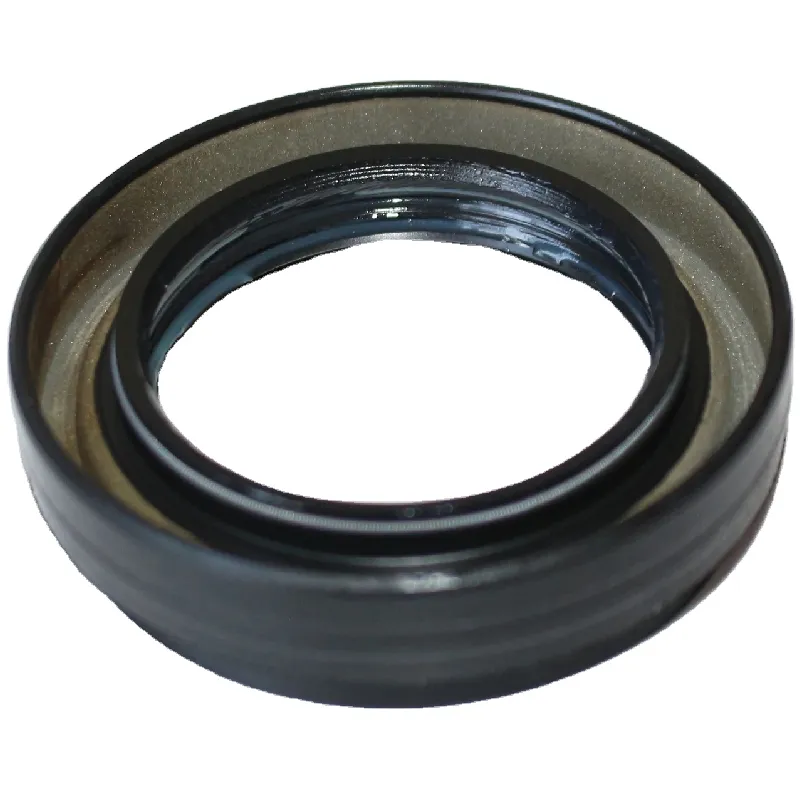crank seal gasket
Understanding Crank Seal Gaskets Importance, Types, and Maintenance
A crank seal gasket is a critical component in the engine of a vehicle, serving as a barrier that prevents oil leaks from the crankcase. This seemingly small part plays a significant role in maintaining the overall efficiency and performance of an engine. In this article, we will explore the importance of crank seal gaskets, the different types available, common issues associated with them, and tips for maintenance and replacement.
Importance of Crank Seal Gaskets
The primary function of a crank seal gasket is to create a tight seal between the crankshaft and the engine block. This sealing process is crucial because the crankshaft is responsible for converting the linear motion of the pistons into rotational motion, which ultimately powers the vehicle. If the crank seal gasket fails, it can lead to oil leaks, resulting in potentially severe engine damage, loss of lubrication, and decreased performance.
Oil leaks not only compromise the engine's efficiency but can also create a fire hazard if oil drips onto hot engine components. Furthermore, a loss of engine oil can result in increased friction and wear on internal components, potentially leading to catastrophic engine failure. Therefore, ensuring that the crank seal gasket is functioning correctly is vital for vehicle longevity and safety.
Types of Crank Seal Gaskets
There are several types of crank seal gaskets, designed for different engine types and configurations. Here are some of the most common types
1. Rubber Crank Seals Often used in modern vehicles, rubber crank seals are durable and provide an effective seal against oil leaks. They are resistant to heat and oil degradation, making them ideal for high-performance engines.
2. Lip Seals These seals have a lip that creates a tight seal against the crankshaft. They are commonly used in both engine and transmission applications and can handle varying pressures and temperatures.
3. Composite Seals Made from a combination of materials, composite seals offer enhanced durability and can withstand extreme conditions. They are often used in applications with high oil flows.
4. Old-style Felt Seals While not as common in modern engines, felt seals can be found in older vehicles. They are made from compressed fiber and can wear out more quickly than rubber or composite seals.
Common Issues and Signs of Failure
Crank seal gaskets can degrade over time due to exposure to heat, oil, and friction. Several signs indicate that a crank seal gasket may be failing
crank seal gasket

- Oil Leaks The most apparent sign of a failed crank seal gasket is oil pooling under the vehicle or visible leaks around the engine.
- Reduced Oil Levels Frequent oil changes or having to top off the oil often can indicate that oil is escaping through the crank seal.
- Engine Noise If the engine begins to make unusual noises, this could be a sign of insufficient lubrication due to oil leakage from a bad crank seal.
- Warning Lights On many modern vehicles, warning lights on the dashboard can indicate low oil pressure, which may be a result of a crank seal gasket failure.
Maintenance and Replacement Tips
Regular maintenance of an engine can significantly prolong the life of a crank seal gasket. Here are some tips
1. Regular Oil Changes Frequently changing your oil ensures that the engine operates smoothly and reduces stress on seals.
2. Check for Leaks Regularly inspect your vehicle for oil leaks or pooling and address any issues promptly.
3. Use Quality Engine Oil High-quality oils can help reduce wear and tear on engine components, including seals.
4. Monitor Engine Temperature Overheating can lead to premature seal failure. Ensure that your cooling system is functioning properly.
5. Replace When Necessary If you notice the signs of a failing crank seal gasket, it’s best to replace it sooner rather than later to avoid more severe damage.
In conclusion, crank seal gaskets are integral to an engine’s functionality, preventing oil leaks and ensuring efficiency. Understanding their importance, types, potential issues, and maintenance strategies can help vehicle owners keep their engines running smoothly for years to come.
-
Understanding Automotive Oil Seals: Essential Components for Engine and Shaft Protection
News Jul.30,2025
-
The Importance of Heavy Duty Seals in Industrial and Residential Applications
News Jul.30,2025
-
Exploring Industrial Oil Seals: From Felt Oil Seals to TTO and CFW Solutions
News Jul.30,2025
-
Essential Guide to Oil Seals: From Radial to Metal-Cased Seals for Industrial Reliability
News Jul.30,2025
-
Choosing the Right Oil Seals and Gaskets for Industrial and Automotive Applications
News Jul.30,2025
-
Cassette Seals: Durable Sealing Solutions for Harsh Environments
News Jul.30,2025
-
Understanding the Front Main Engine Seal: Purpose, Maintenance, and Installation
News Jul.29,2025
Products categories















